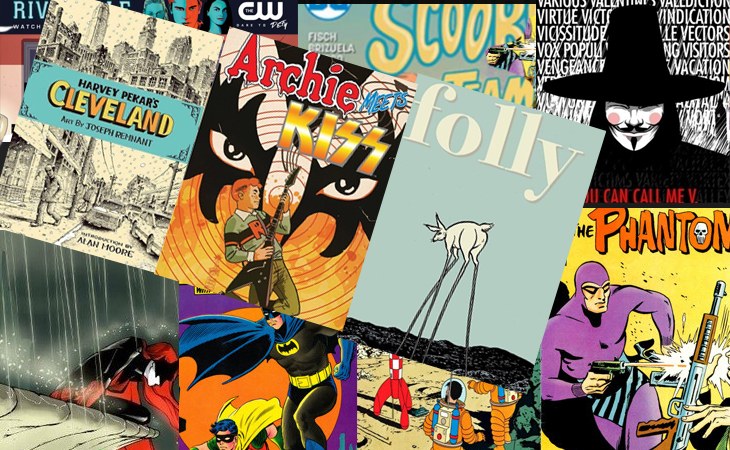For the longest time, most people believed comic books solely targeted kids, and had little literary value. As they flourished in the 1940s and early 1950s, they became a source of concern, and intellectuals started weighing in.
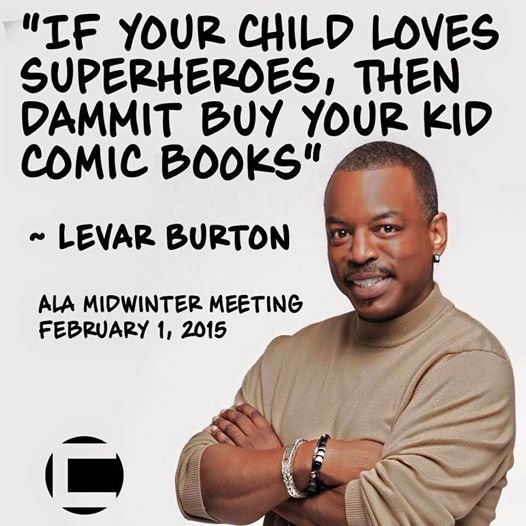
One so-called great thinker, psychiatrist Fredric Wertham, claimed in his 1954 book Seduction of the Innocent that horror comics and superhero comics were replete with sadistic and homosexual undertones, raising public anxiety about comics. Soon moral crusaders blamed comic books for poor grades, juvenile delinquency, and drug use. A Senate Subcommittee on Juvenile Delinquency was even formed to tackle the issue.
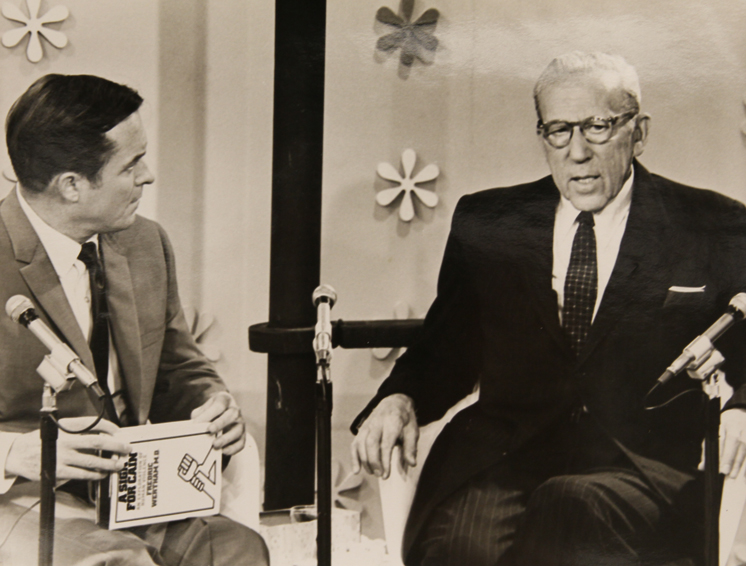
Things got so out of hand, schools and parent groups began holding public comic-book burnings, some cities going so far as banning comic books. Holy Hysteria, Batman!
Fortunately, an investigation by the University of Illinois revealed the psychiatrist had fabricated, exaggerated, and selectively edited his data to bolster his argument that comics caused antisocial behavior.
As the 1960s rolled in, some brave souls dared admit comics were a catalyst to imagination and creativity, and even improved writing abilities. There was nothing childish about comics after all. As a result adults became interested and a viable target group.
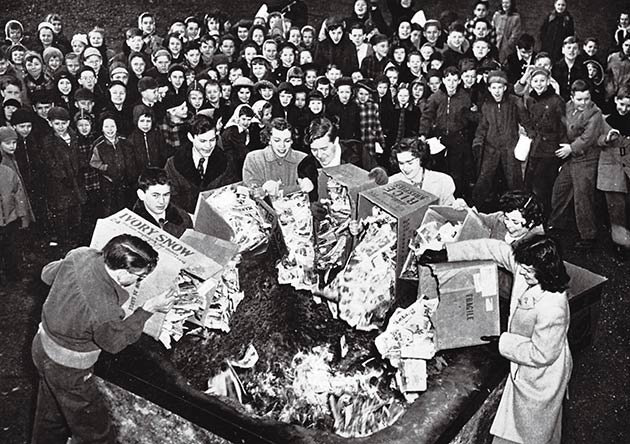
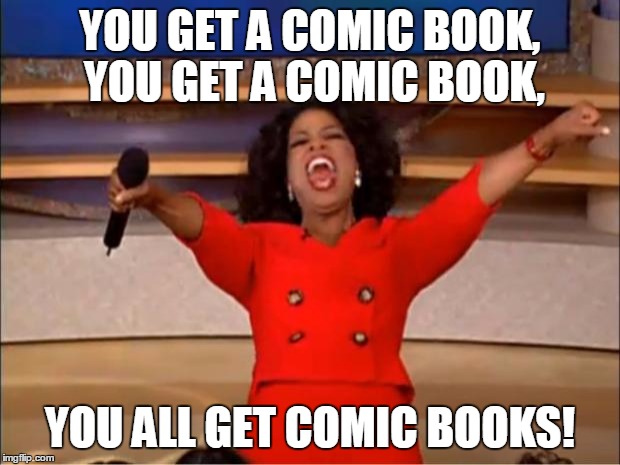
In my case, comic books played a pivotal role in shaping who I am today. My first comic book was DC’s PLOP, The Magazine of Weird Humor (1973-1976).
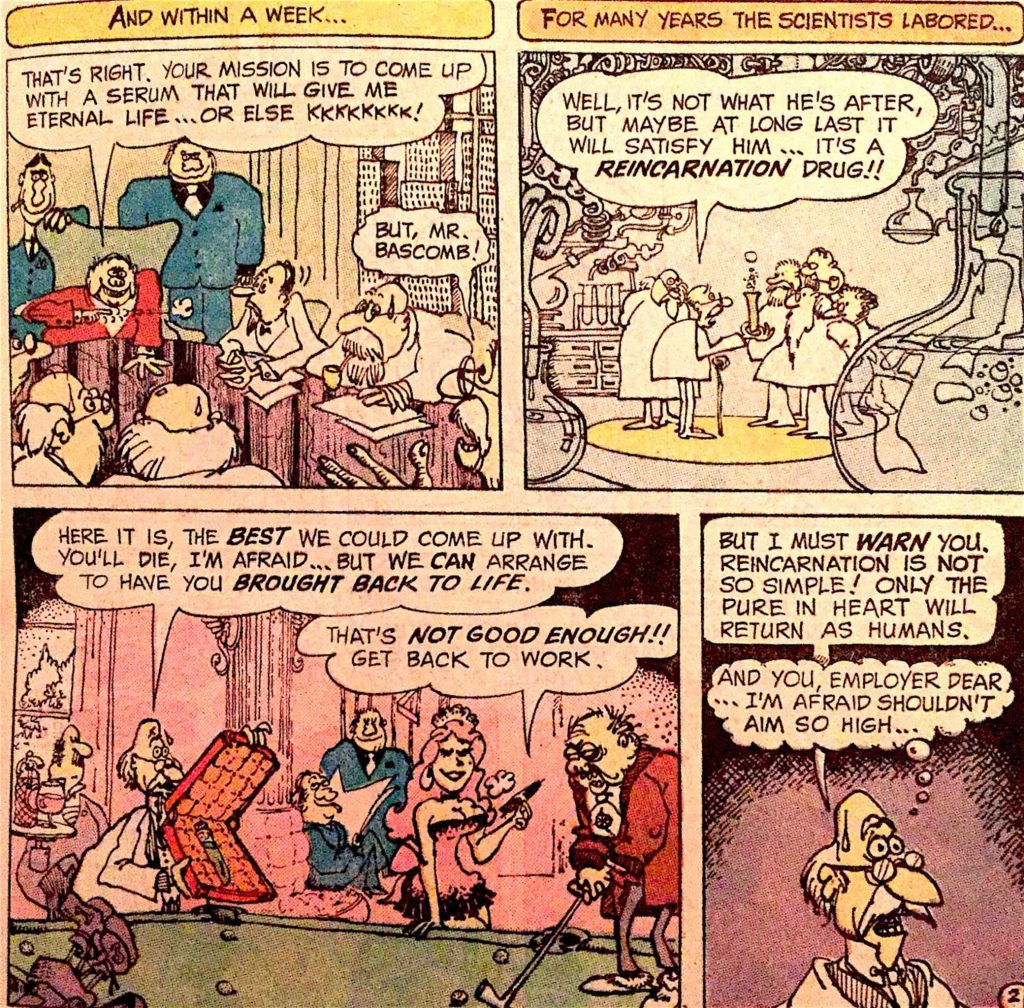
As a story-seeking eight-year-old, I fell head over heels for PLOP’s short stories by writer Steve Skeates and legendary illustrator Sergio Aragonés. My creative juices started flowing and I began writing and drawing. I was in heaven. As my skills improved, I realized PLOP was just a stepping stone towards high-caliber literature.
Comic books had more to offer, I was certain of that. So I forwent the newsstand and let the Yellow Pages do the walking. I discovered one of the first comic-book shops in Montreal, called NOVA.
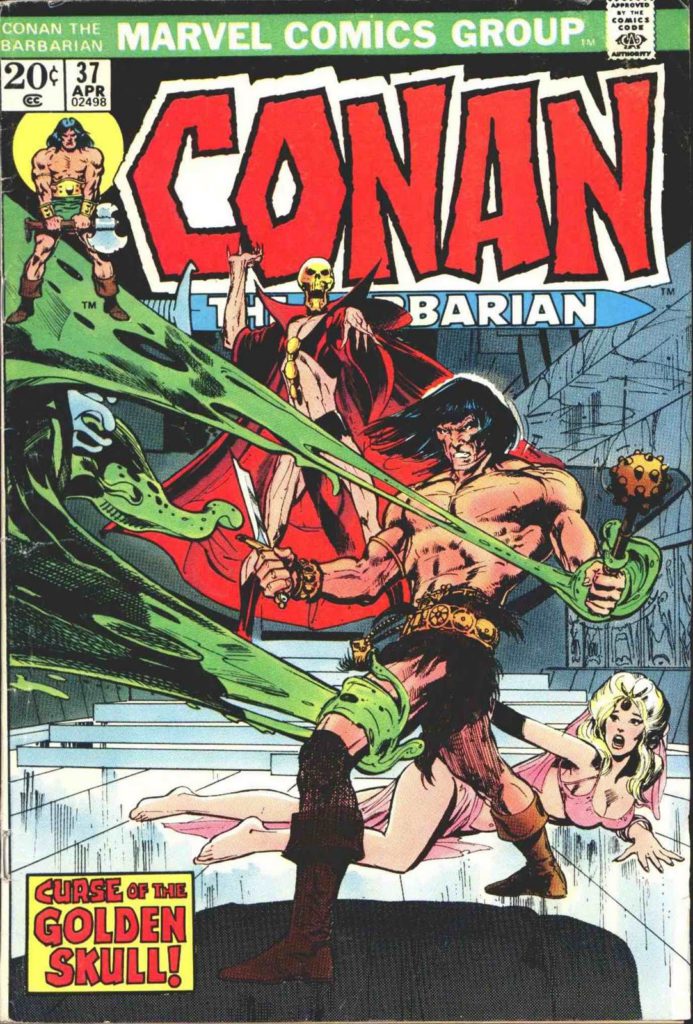
There, I bought several Marvel back issues of Conan the Barbarian (1970-1993).
The writer, Roy Thomas, understood Conan creator Robert E. Howard’s vision and writing style, and delivered first-class writing, which in my opinion far surpassed expectations of comic-book penmanship.
I bought and read every Conan issue I got my hands on, owning at some point the entire 275-issue run.
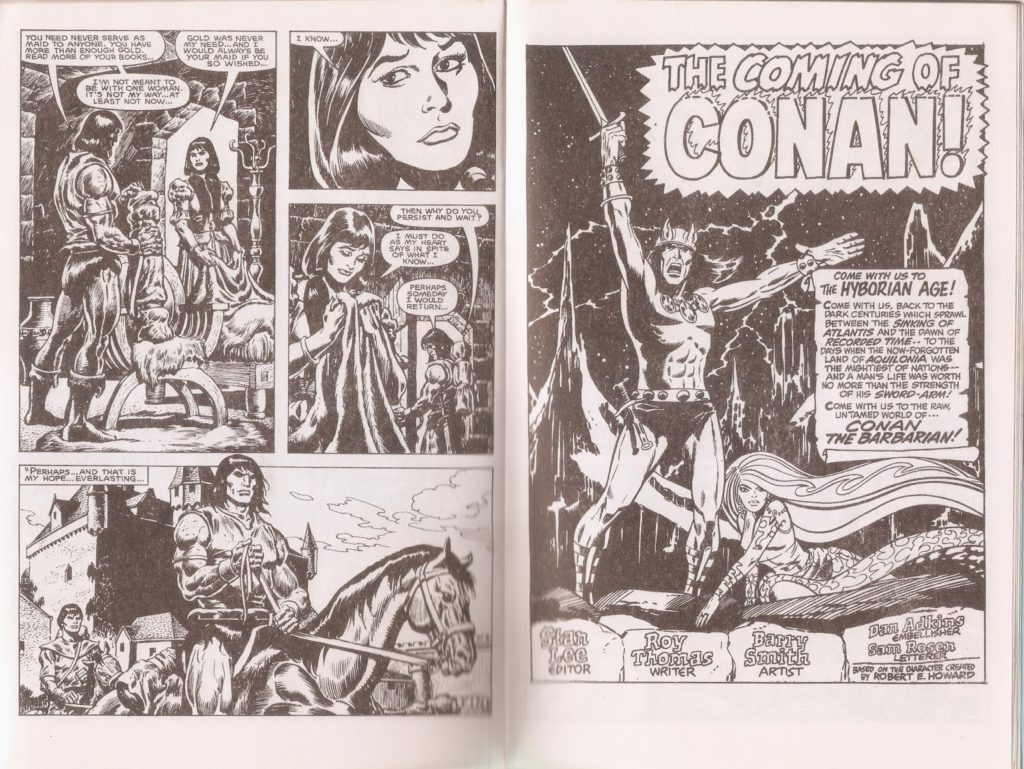
Thomas’ writing gave me a kick in the butt and I upped my game. Writing became a real challenge and I wrote, and wrote, and wrote, got better and better, and frankly never stopped.
I’ve been writing on and off for almost 45 years. Of course, I also read tons of novels, but that perky barbarian was the undisputable genesis.
If you’re a kid…or not, and if you enjoy reading or writing, judiciously chosen comic books (and graphic novels) can fuel your inspiration like you never imagined.
8 Reasons to Let Your Kids Read Comic Books (source: Imagination Soup)
1. Comic books are fun to read. Reading doesn’t have to be miserable.
2. Comic books contain the same story elements and literary devices as narrative stories — characters, conflict, resolution, setting, symbolism, theme, point of view, and so forth.
3. Comic books provide built-in context clues. Because comics are visual, even if the text is difficult, the visuals give the reader support in comprehending the story and its nuances.
“Wanting to learn Italian, I relied on the visuals to understand the exact meaning and nuances of the text. Topolino Comics was a godsend to me.”
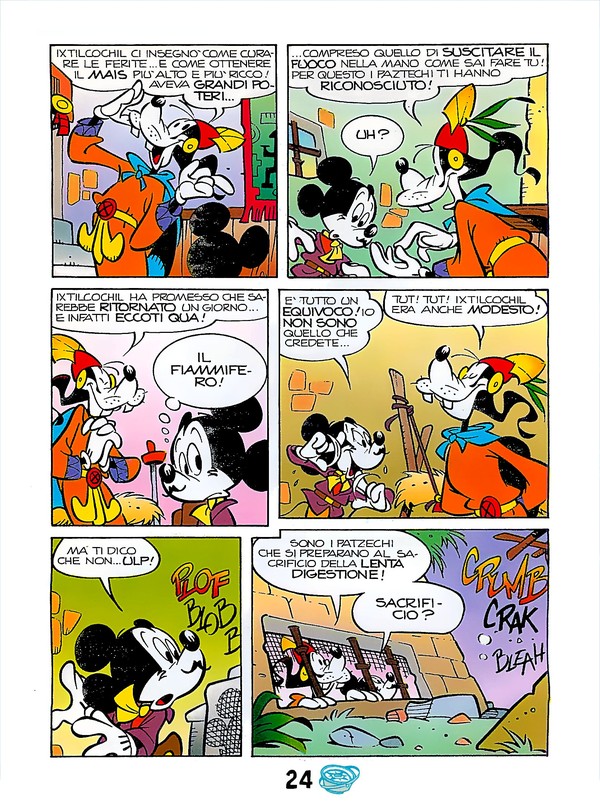
4. Reading a comic book is a different process of reading using a lot of inference. With a comic, readers must rely on the dialogue and the illustrations. The reader must infer what is not written out by a narrator, a complex reading strategy.
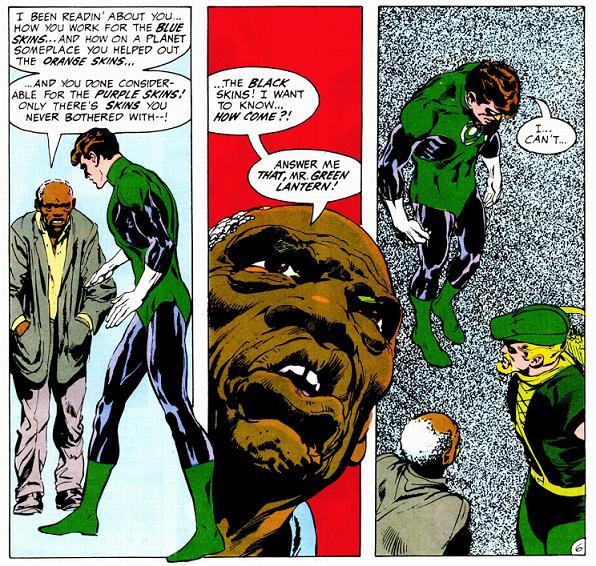
5. Readers need variety in their reading diet.
“Nothing spells variety more than a talking duck.”

6. We’re a visual culture and the visual sequence of comic books makes sense to kids.
7. Reading comic books may lead to drawing and writing comics. Linking reading and writing is important. Comic book creation is particularly enticing for kids who prefer drawing to writing normally but will make exceptions for dialogue bubbles.
“For a while, filled with ideas, I was knee-deep in creating my own comic books.”
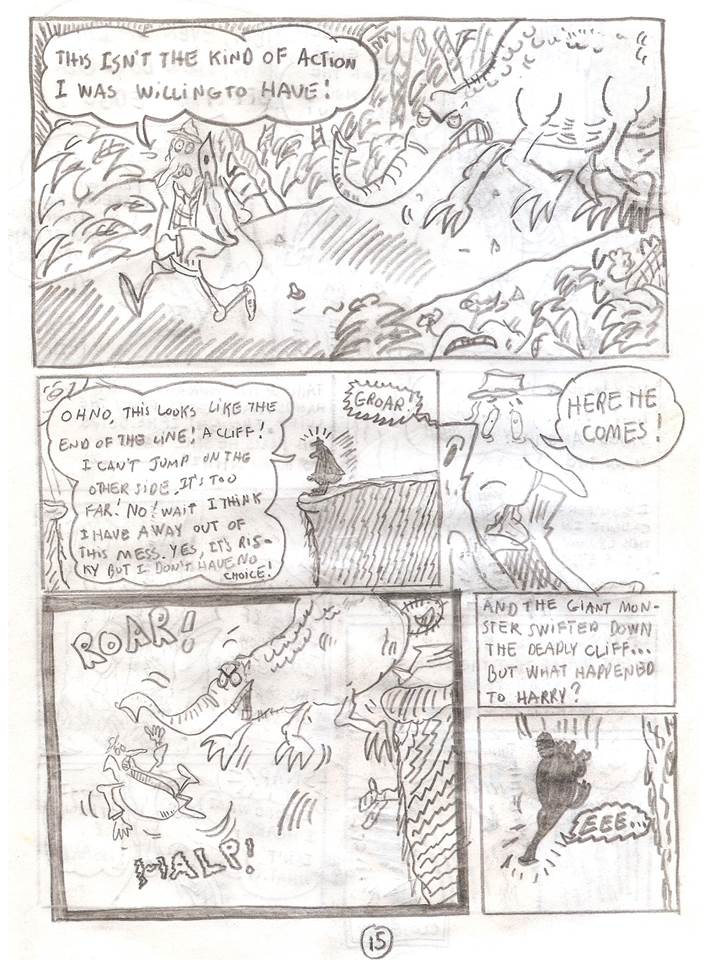
8. The selection of comic books / graphic novels is bigger, better, and reaches a wider age-range than before. Every month more comic books and graphic novels enter the market for young readers and provide more good choices from which to pick.
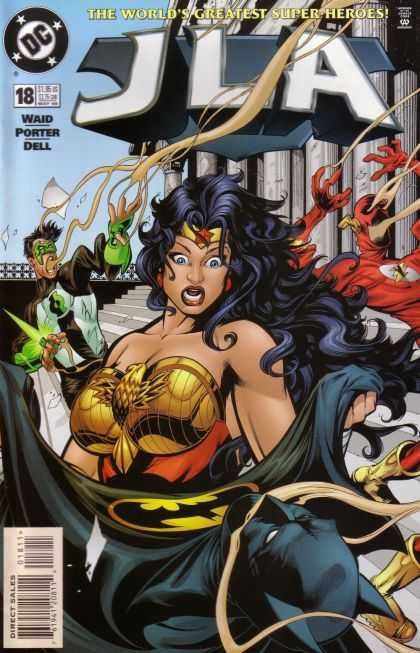
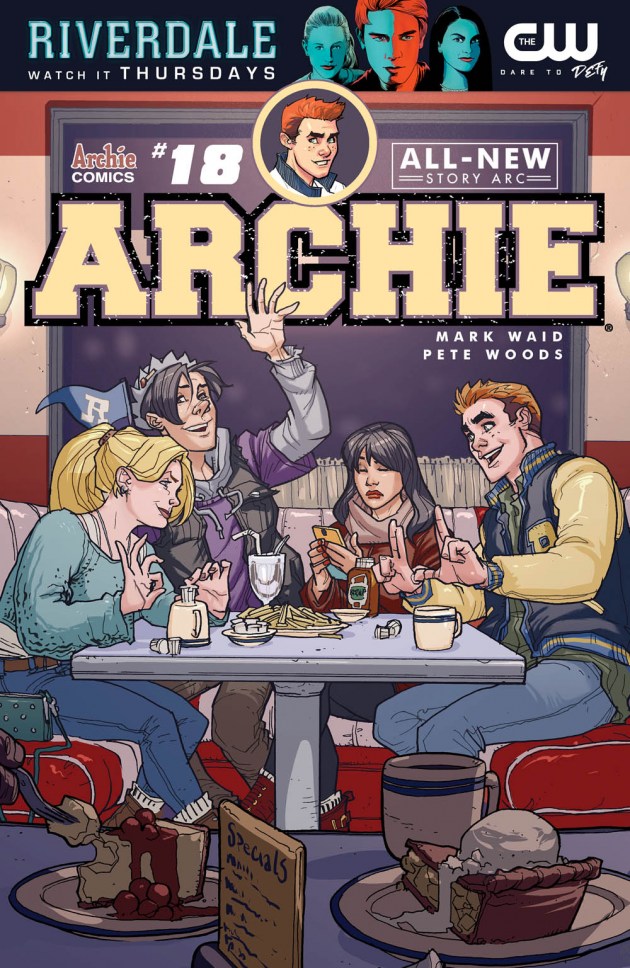
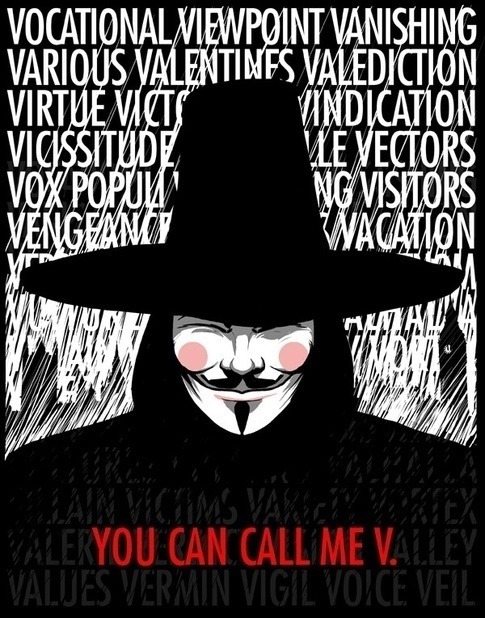


This is a great TEDx video: Why comics belong in the classroom | Gene Yang |
A big thanks to Carl Daoust for this guest post. Carl is the author of The Boy Who Set Fire to the Bible and a Top 10 finalist in the 2015 edition of the World’s Best Story contest.

Book Website: www.boysetfiretobible.com
Check out a sample chapter of The Boy Who Set Fire to the Bible
